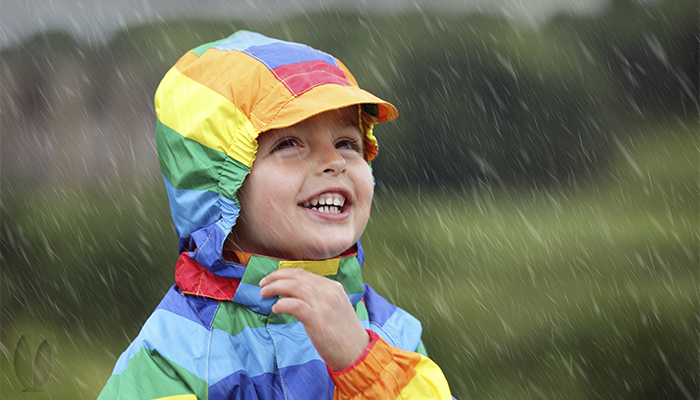Seems that I’m seeing more and more evidence that children who spend more time inside in front of any type of screen have issues whether they be weight and fitness, sleep, allergy, social skills, attention span (I could go on and on)… and now eye sight issues.
It’s quite obvious to me that getting outside encourages and inspires children to get more exercise, breathe in fresh air, develop immunities to outdoor allergens and burn off pent up energy and frustration.
Now teachers are commenting on the increased number of preschool aged children in particular wearing glasses.
Let’s look at some of the facts and some of the opinions expressed by experts…
One theory: children spend so much time indoors in front of screens that their eyes are not getting enough long-distance viewing exercise.
There is also a study (published in the Journal of the American Medical Association) supporting the impact of outdoor time on vision that states:
“Children who spend more time outdoors during the day may have a reduced rate of nearsightedness, also known as myopia.”
American Medical Association study reported in Science World Report
Researchers in this study focused on the vision condition that has become rather widespread in some young adults living in urban parts of East and Southeast Asia. Close to 80 to 90 percent of high school graduates in this area are reportedly nearsighted.
The study specifically focused on six schools with children whose average age was 7 at the start of the study. The participants attended one additional 40-minute class of outdoor activities during each school day for three years. The parents of these children were also encouraged to engage their children in outdoor activities following school, even on weekends and holidays. The other participants continued on with their usual activities which did not necessarily include consistent engagement in outdoor activities.
The findings from this study revealed that the children who spent more time outside reduced their risk of nearsightedness (myopia).
Science Daily has also published an article based on the JAMA research – providing some additional details.
This article even references the recent focus on the many beneficial effects of outdoor activities on children, stating that “Given the popular appeal of increased outdoor activities to improve the health of school-aged children in general, the potential benefit of slowing myopia development and progression by those same activities is difficult to ignore. Although prescribing this approach with the intent of helping to prevent myopia would appear to have no risk, parents should understand that the magnitude of the effect is likely to be small and the durability is uncertain.”
Simply put: This isn’t proven. It’s a theory with supporting research. It’s still not clear why spending more time outside seems to benefit children’s eyesight. The research points to the possibility that higher levels of light intensity outdoors may increase the chemical dopamine from the retina of the eye and this increase can inhibit the growth typically seen in myopic conditions (nearsightedness).
This information was featured in an article contributed by Chris Kierwa in Childcare Exchange in March 2016 in an article entitled “More Kids with Glasses?”
Sources: Science World Report, ScienceDaily, The Childcare Exchange






